Let’s peel back the onion on some recently published Safety Stats.
The number of people killed at work dropped in 2020 – Good News!
The Year 2021 was full of changes and challenges. Much of the news was pretty negative. But, one piece of good news was that the US Bureau of Labor Statistics reported that the number of fatal occupational injuries in 2020 dropped from 5,333 in 2019 to 4,764 in 2020. This is the first drop in fatalities since 2014. This is good, but no one knows why this happened. There are many possible things that could have had an impact. We must peel back the onion and look deeper.
Here are some stats:
- Did the COVID epidemic have an influence? Probably.
- Were there fewer businesses operating? Yes.
- Were fewer people actually at work? Yes.
- The pressures of excessive overtime were up as businesses began to expand again but could not get enough people to fill all the positions. Did this have an impact? Maybe.
- Were the numbers unclear because there were more part-time workers? Probably.
- Was management actually doing a better job in the safety arena? I hope so!
- Even though there was a lot more stress among the people with all the COVID worries, the number of murders dropped by 14.5%. Women made up 16.3% of workplace homicides. Maybe people were handling the stress better than usual. I hope so!
- Exposure to harmful substances went up, including overdose of drugs. Was this from increased workplace pressures. Maybe.
- Fatal injuries among law enforcement people went up 18.6% to 115 people. Thank you for your courage!
This is a complex problem with which all of us in safety are working to improve. The number of fatal injuries in 2020 was lower than it has been (and that is a good thing!), but the reasons are multifaceted. Please keep up the safety work you are doing and we’ll see if the 2021 numbers improve again.
What Do Workers Want?
American workers want better stability, safety, and leadership.
Randstad, USA, a large professional and commercial staffing organization, recently conducted a survey of their clients, finding that the COVID situation had an enormous impact in raising the workers’ concerns for safety. Workers want their leaders to clearly take the lead, making and acting on decisions to improve their safety and the stability of the workplace environment. Workers want clear standards on vaccinations and working conditions like spacing and overtime considerations. This is a big challenge since guidance from the Government, OSHA, the CDC and the courts is in such flux, and the shortage of skilled workers complicates this even further. This is a huge source of stress on everyone. It is critical that there is open, honest conversations among all the people so the best, most logical decisions can be made. This is really the work of leaders and the people want them to step up and lead.
Getting back to the onion metaphor…the Leader needs to be rooted (strength of conviction, knowledgeable) and have a strong inner core…yet be flexible, able to listen, communicate and most importantly, to be able to step up and lead.
Call to Action: As you peel back the onion around the safety performance of your workplace during this past year, what will you find? Contact me (716-622-6467) and I’ll share with you the “Layers of Safety” I use when speaking to Leaders on becoming the most effective they can be in leading Safety in the Workplace.
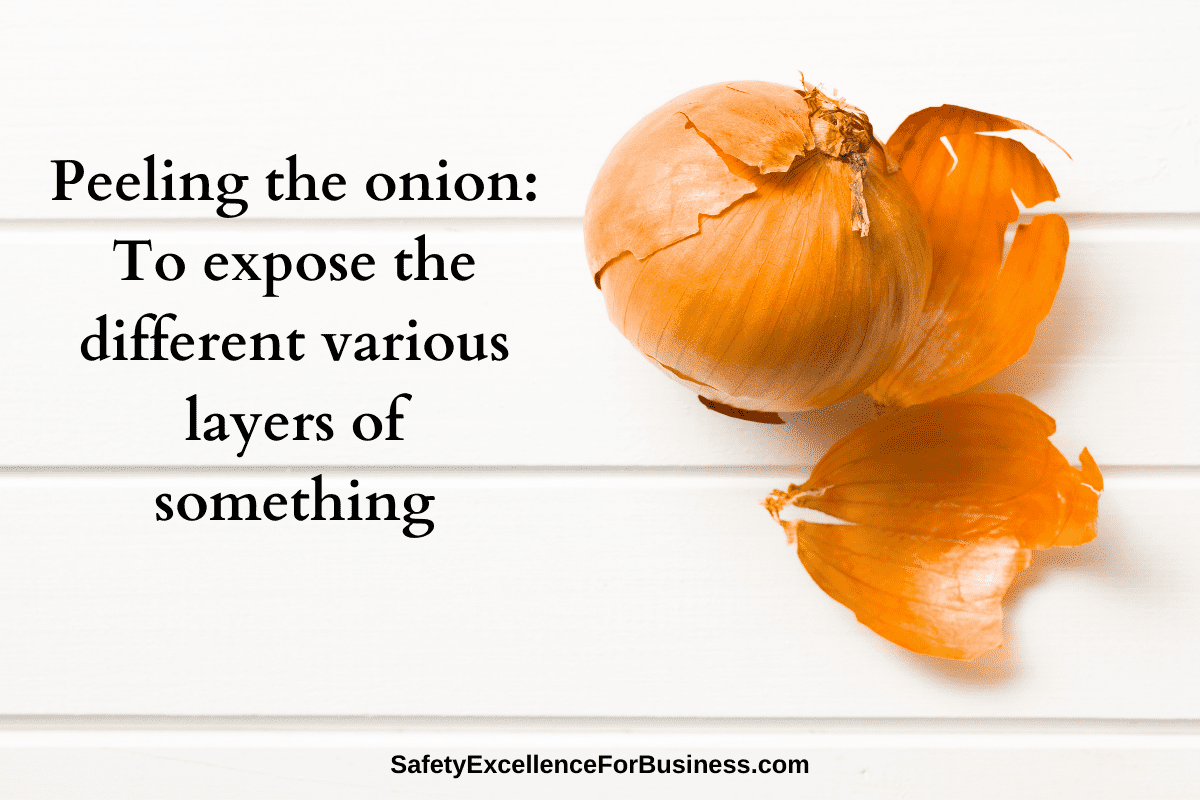
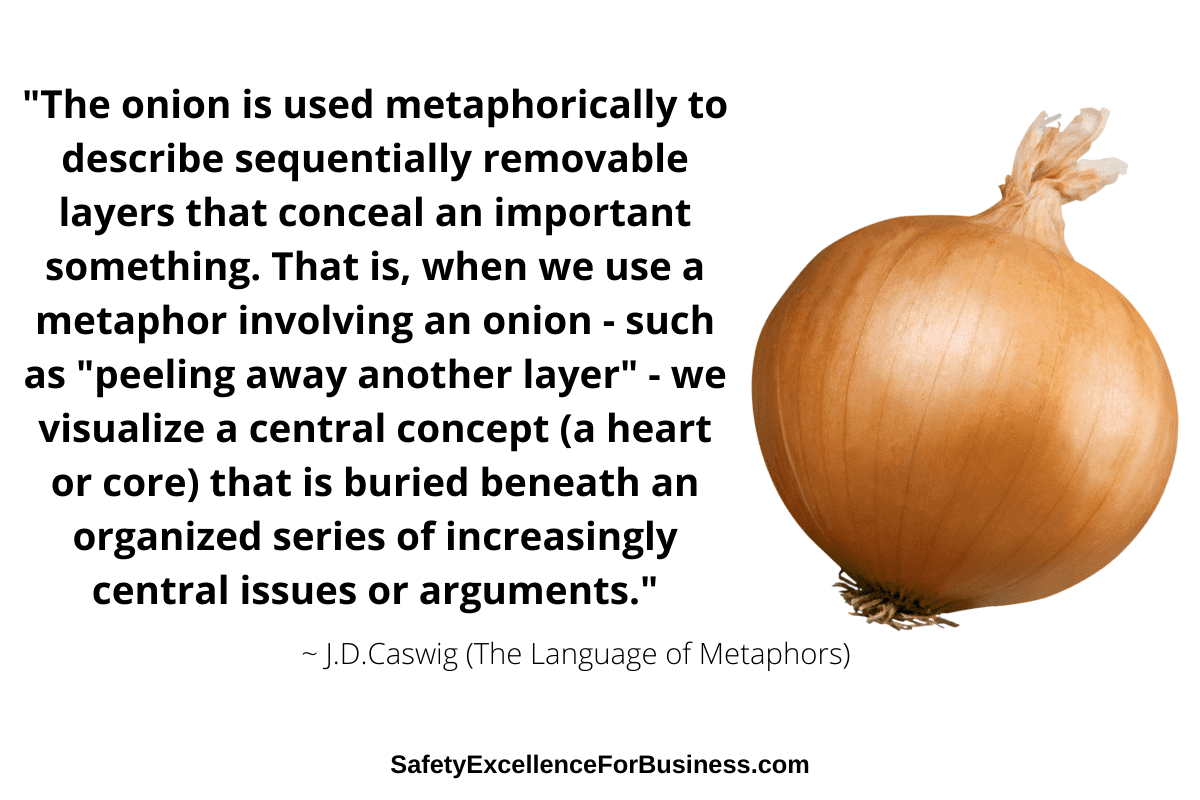
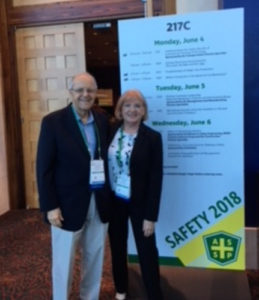 The rapid growth of active shooter incidents was one of the main areas of concern. The FBI and other experts gave talks about this, with their main focus on the active shooter incident itself. Most active shooter situations are conducted by men. Most of these occur in places of business. There is no typical profile for these people who come from all walks of life.
The rapid growth of active shooter incidents was one of the main areas of concern. The FBI and other experts gave talks about this, with their main focus on the active shooter incident itself. Most active shooter situations are conducted by men. Most of these occur in places of business. There is no typical profile for these people who come from all walks of life.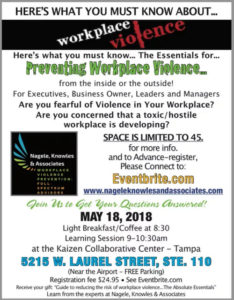
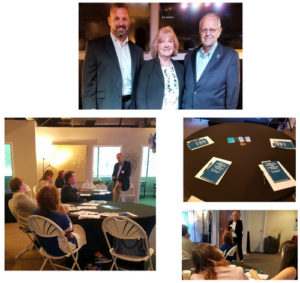
 Recognize Einstein’s Words of Wisdom: “Insanity is doing the same thing over and over again, but expecting different results.“
Recognize Einstein’s Words of Wisdom: “Insanity is doing the same thing over and over again, but expecting different results.“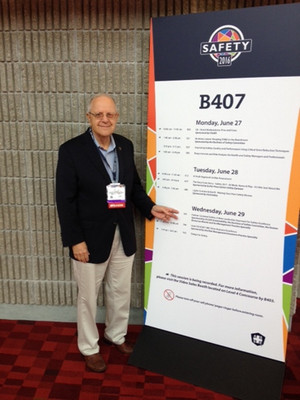 In my June 29th presentation at the American Society of Safety Engineers 2016 Professional Development Conference, I discussed the fact that one of the best ways for the safety professional attending the talk to help to improve the safety performance in their workplaces was to show the people that they cared about them and to enable them to make decisions about their specific work. I want to elaborate on these ideas in this newsletter. This is not just for the safety professional. This is for every team leader, supervisor, and workgroup leader. Going into your workplaces and opening up the conversations is a journey; each time you do this it gets easier and more effective. (Caring, Understanding and Openness!)
In my June 29th presentation at the American Society of Safety Engineers 2016 Professional Development Conference, I discussed the fact that one of the best ways for the safety professional attending the talk to help to improve the safety performance in their workplaces was to show the people that they cared about them and to enable them to make decisions about their specific work. I want to elaborate on these ideas in this newsletter. This is not just for the safety professional. This is for every team leader, supervisor, and workgroup leader. Going into your workplaces and opening up the conversations is a journey; each time you do this it gets easier and more effective. (Caring, Understanding and Openness!) Eighty (80) pages and counting…that’s how far I got while perusing the numerous pages for the 2015 fatalities logged on OSHA reports – there were still many names and circumstances yet to read.
Eighty (80) pages and counting…that’s how far I got while perusing the numerous pages for the 2015 fatalities logged on OSHA reports – there were still many names and circumstances yet to read.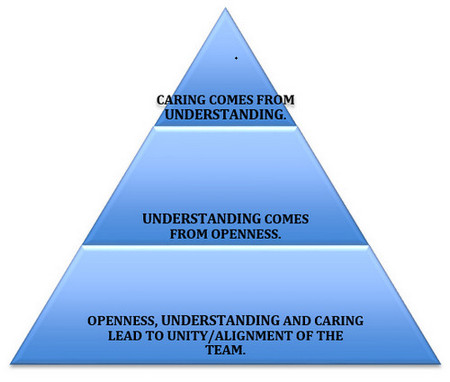
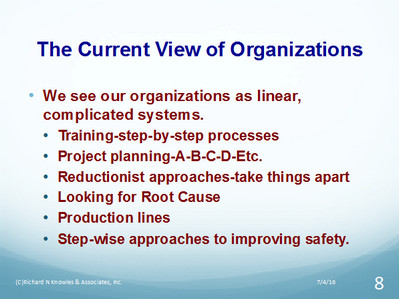
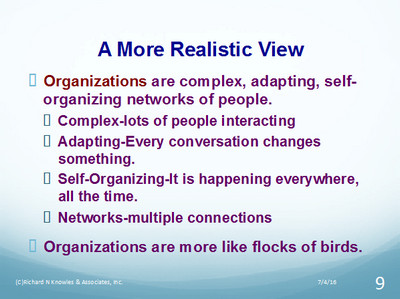
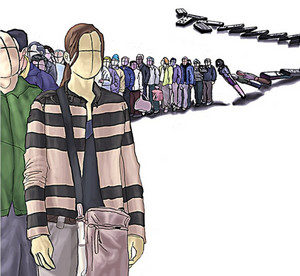 Hardly any of us can do our best work all by ourselves.
Hardly any of us can do our best work all by ourselves.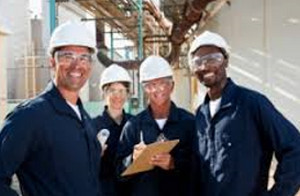 In our Partner-Centered Safety realm, we go beyond this to having everyone (the people on the floor, the supervisors, the managers, and all the others) feel they are cared about. Caring means helping each other, listening to each other, sharing information, being respectful, asking for help and receiving it, looking out for each other, saying we are sorry when we make a mistake, and treating each other as whole persons. Just what caring means for people is something on which they should all agree. Management, alone, should not do it for their approach can often be quite patronizing – treating the people in the work place as if they are children. All the people, at all levels, together, need to come up with their ideas about what caring is for them. Management should not try to dictate the answers, but management needs to open up and lead this discussion about caring or it will not be addressed. Caring is visible; as is non-caring. Partner-Centered Safety is visible caring. Mistreatment of people is non-caring.
In our Partner-Centered Safety realm, we go beyond this to having everyone (the people on the floor, the supervisors, the managers, and all the others) feel they are cared about. Caring means helping each other, listening to each other, sharing information, being respectful, asking for help and receiving it, looking out for each other, saying we are sorry when we make a mistake, and treating each other as whole persons. Just what caring means for people is something on which they should all agree. Management, alone, should not do it for their approach can often be quite patronizing – treating the people in the work place as if they are children. All the people, at all levels, together, need to come up with their ideas about what caring is for them. Management should not try to dictate the answers, but management needs to open up and lead this discussion about caring or it will not be addressed. Caring is visible; as is non-caring. Partner-Centered Safety is visible caring. Mistreatment of people is non-caring.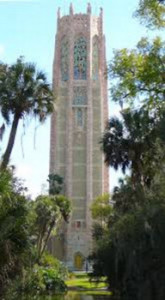 At one of the highest geographical points in Florida, at Lake Wales, is a large, 205-ft high, carillon tower. It is beautiful, as are the gardens surrounding this tower structure, made of glistening coquina stone. The tower and gardens were a gift from benefactor Edward W. Bok, who cared deeply about nature, beauty and sanctuary spaces. Millions of visitors have traversed this place of solace since it opened in 1929. Edward Bok was all about CARING for future generations – to be able to enjoy peace and beauty. His tribute signature is this:
At one of the highest geographical points in Florida, at Lake Wales, is a large, 205-ft high, carillon tower. It is beautiful, as are the gardens surrounding this tower structure, made of glistening coquina stone. The tower and gardens were a gift from benefactor Edward W. Bok, who cared deeply about nature, beauty and sanctuary spaces. Millions of visitors have traversed this place of solace since it opened in 1929. Edward Bok was all about CARING for future generations – to be able to enjoy peace and beauty. His tribute signature is this:




